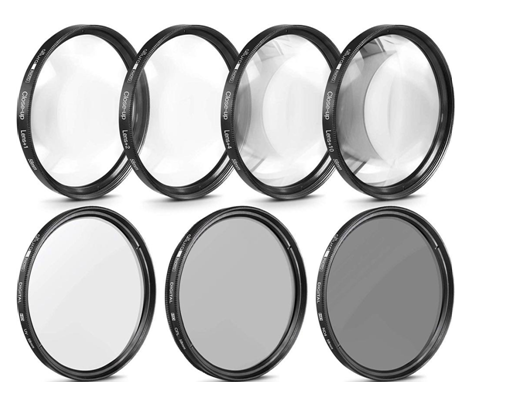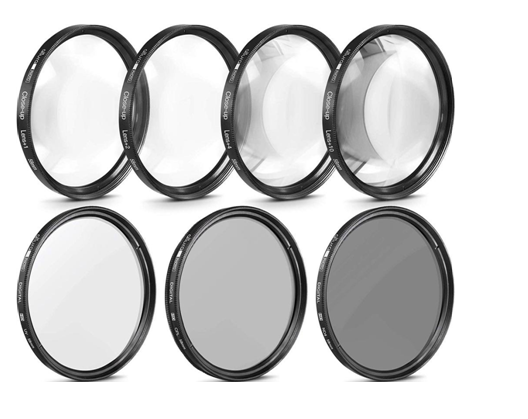Before looking at the topic of filters under a microscope, let’s first discuss what a photographic filter really is?
Filters are an accessory that attaches to the front of the lens. They are made mainly of high quality glass (or resin). They are used to protect the lens of the lens from falling or scratching, to block (filter) certain colors or types of light entering the camera. Some filters are designed to work in more specific conditions, such as too high light or bright natural light, while others can enhance colors or reduce reflections.
What do all these filters do? How to use them?
Nowadays, among the wide range of additional photographic accessories, we can find filters for lenses in different shapes, sizes, materials, depending on their specific purpose and the result we aim to achieve. According to our shape, our filters can be square, oblong, or round.
Some of them require additional holders, adapters or a type of magnetic attachment to be mounted on the lens. For example, circular filters typically have a metal or plastic ring frame that is directly screwed or attached to the front of the camera lens. Quality filters have the coating needed to make the glass more transparent because non-multicolored glass typically transmits 5-10% less light.
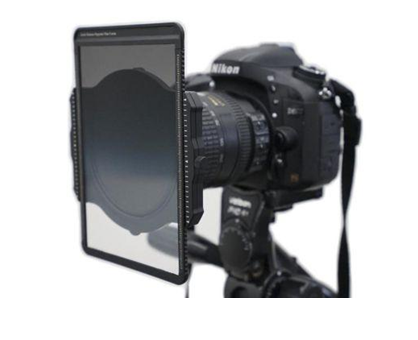
Thread filters
Or, more commonly known, circular filters are those that are mounted directly – screwed into the front of the lens. There are several filters in this category, including the most commonly used, such as polarization, ND filters, and color filters. They are characteristic of varying in diameter or thickness.
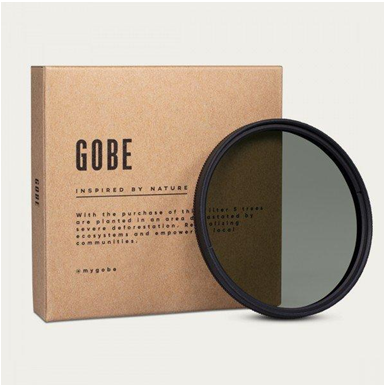
Drop-in filters
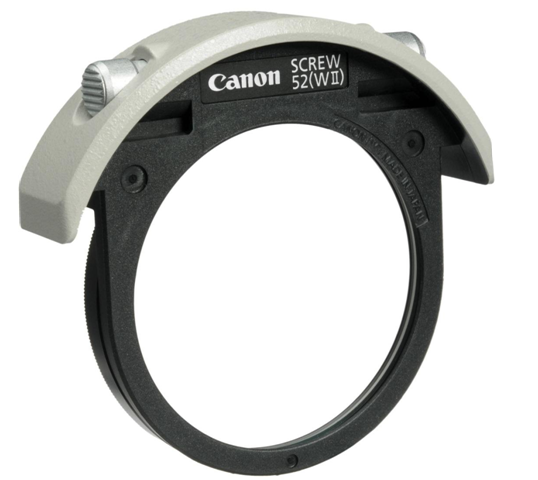
Specific filters especially adapted for telephoto lenses whose elements in the front of the structure do not allow to put a filter in the front. Instead, these lenses feature a filter slot that is located behind the farthest lens of the lens The space between the lens and the camera.
Square filters
These filters are usually complete with a holder that attaches to the front of the lens. One or more different size filters can be used with the adapter. These types of filters are popular with landscape photographers and have no application in product photography.
Rectangular filters
Another popular choice for landscape photographers is the rectangular filters, which are also mounted with a holder.
Close-up filters
With them we have the ability to capture every detail, every single element. But images will never be the same as those you get from an original macro lens. Pictures are generally much softer, but a major drawback is the appearance of chromatic aberration. And while macro lenses might allow you to focus on objects that are closer and farther away, with macro filters you will be limited to objects that are right in front of the lens.
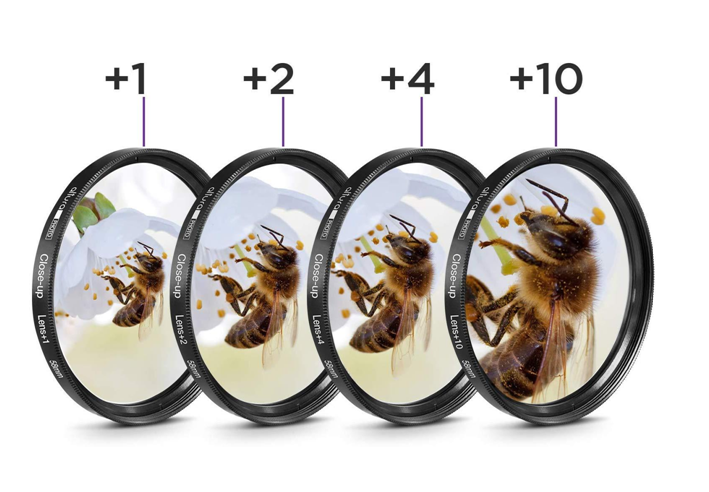
It is often too confusing to understand exactly what each filter does. What is its effect?
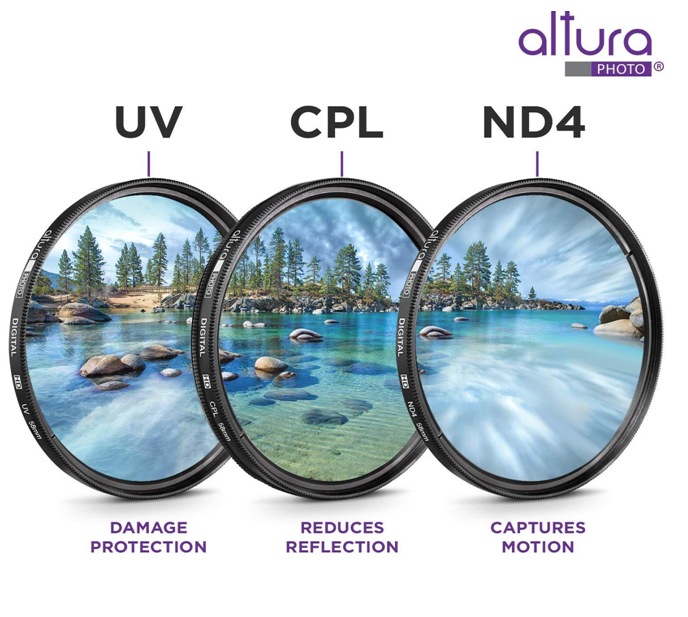
Ultraviolet (UV) filters
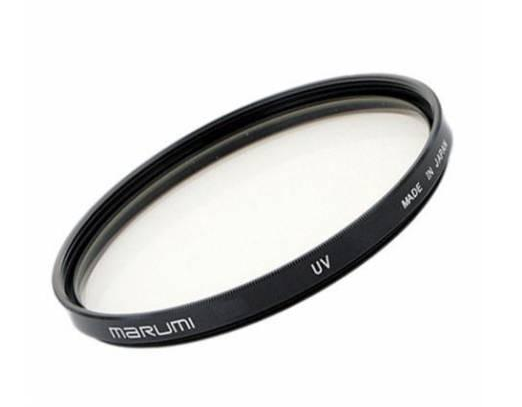
Typically, the role of UV filters is to protect the lens front lens against moisture, dirt and scratches. Suitable for outdoor recording in outdoor environments. If a model is involved in the photos, these filters can help you maintain the natural skin tones without worrying about the appearance of color reflections from other elements around the subject.
However, keep in mind that with a UV filter, as a protection for your lens, image quality can suffer, enhancing the lens flare, which tend to add color tint and reduce contrast.
Polarization (CPL) filters
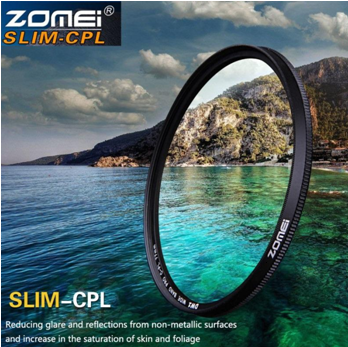
Polarizing filters add depth to the image, remove glare and reduce reflections especially on glass or water surfaces.
Neutral darkening (ND) filters
These filters reduce the amount of light entering the lens and pointing directly at the sensor, but without affecting the color of the image obtained. This applies both to excessive sunlight and to powerful light emitted by studio lighting. The ND filter does not need tuning and helps to ensure accurate exposure (aperture, shutter speed, light sensitivity).
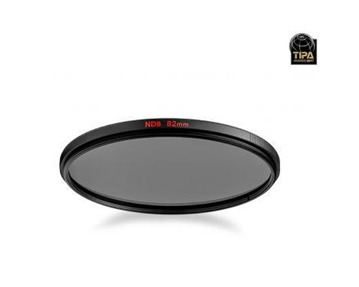
Gradient (GND) filters
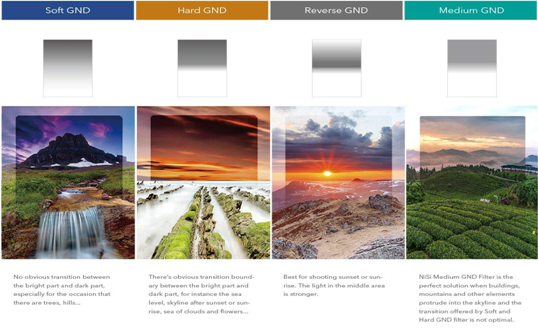
Gradient filters have a vertical transition between dark and light to balance exposure between the sunny sky and the darker foreground, for example. They vary in density, which is measured in “stops.” The number of light stops determines how dark a part of the scene will be.
Color filters
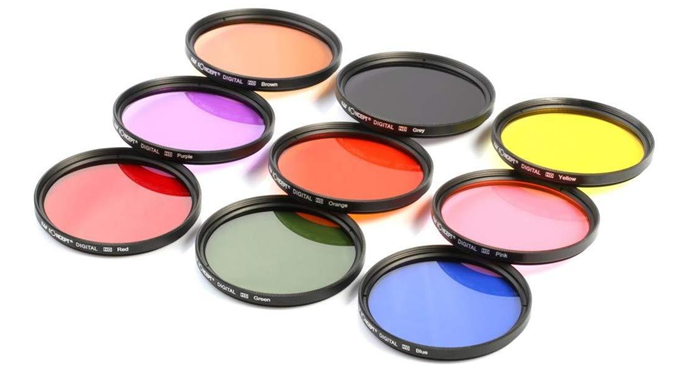
Generally speaking, these are color correction filters, also known as image cooling and warming filters. Convert colors or offsets them. Other color filters give certain shades to the photo.
Looking at the list, we immediately start to wonder if we need filters in product photography? Every product photographer is aware that in order to be appreciated, sought after and attractive, he must offer users pictures that truly reflect the products in question. The more realistic a picture is, the more user expectations will be met.
Using filters in product photography is not common and is minimized. Neutral dimming filters are used when the light is too powerful for the modifier. A great option for achieving even and accurate exposure throughout the image, thanks to their ability to block some of the light entering the lens.
When shooting product photography in a studio, ND filters would also allow for larger apertures for shallower DOF (depth of field) without the need for the gates to be reduced to minimum power or off.
Keep in mind that if you shoot outdoors where the ambient light levels are too high, there is a risk that using the filter will affect the shadow areas and add a color accent to the images, which is an unpleasant effect on the final quality.
When we shoot shiny and reflective products – jewelry, dishes, glare can become a big problem. Of course, there are techniques to minimize them, but they can impair the overall end result. In such cases, a good approach is choosing a polarizing filter that can reduce glare without affecting the image quality too much.
It is important to note that polarization filters reduce light and will need to be compensated. They tend to slightly increase the color saturation. But on the other hand, reducing glare can save you time in image editing. It’s worth a try.
Polarizing filters can find a good application when capturing more dynamic product frames, objects under water or behind glass.
And what would be the effect of a UV filter in product photography? Using indoor photography is pointless, because light is artificial. If the purpose is to protect the front lens of the lens, product photography is not so risky as to make such a difference.
If you’re not sure what to use before you buy, think about your own needs, or how you can apply different filters to enhance your photos. Otherwise, you are likely to spend your money in vain.
If available, hire filters and test your own equipment. You will see the effects or drawbacks and judge if the photos meet your personal quality standards.
In general, filters have lost some popularity in the digital photography era because many believe that effects can be added to post-processing using editing software.
Some of the most sought after brands of photographic filters are:
- HOYA – Japan
- Cokin – France
- Gobe - Australia (top selling brand in Amazon)
- Marumi- Japan
- Manfrotto– Italy
